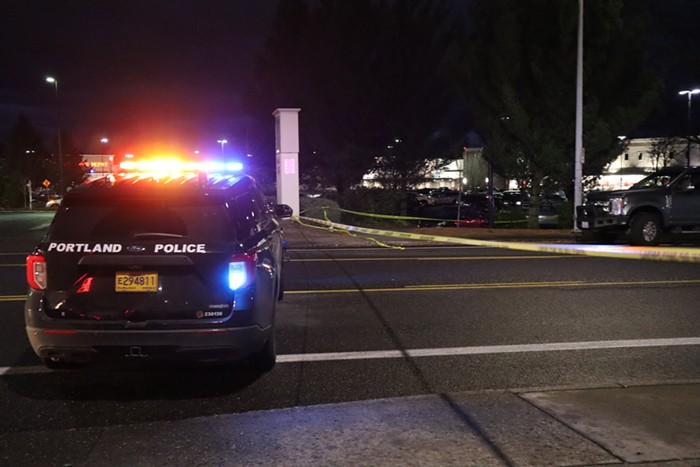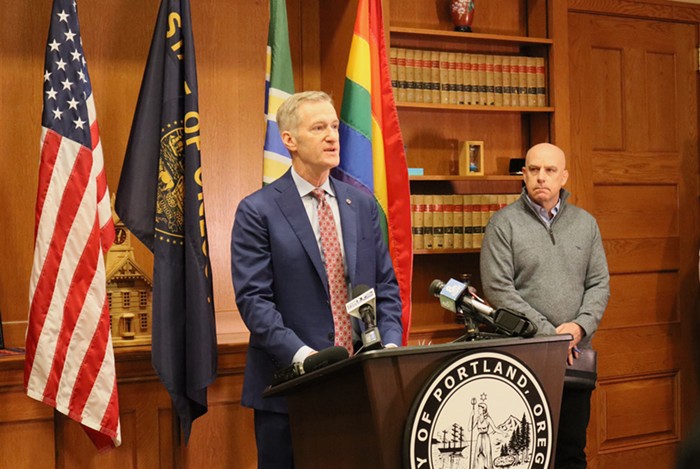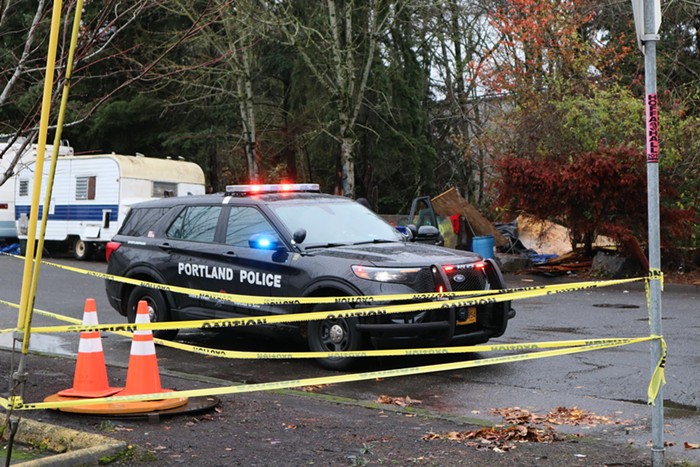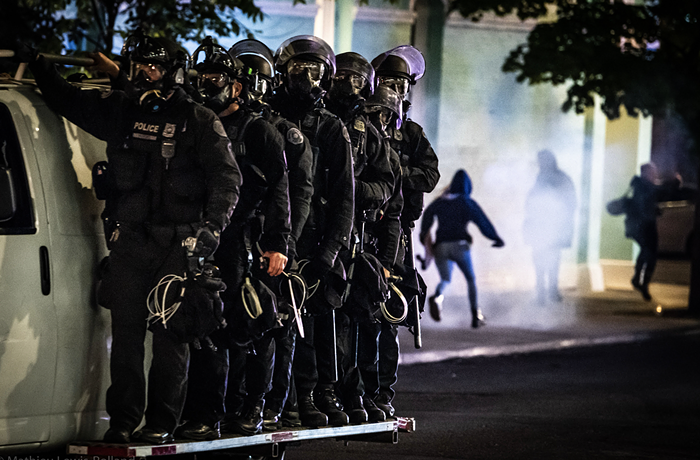The Portland Police Bureau today released what seems like an encouraging report: From 2008 through 2011—at a time when the bureau under chiefs Rosie Sizer and Mike Reese adopted several laudable policy changes amid community outrage—the number of times the bureau used force dropped from 1,039 down to 675.

The report then goes on to credit those changes for the drop, actually spending most of its six pages listing each change by year, instead of providing some statistics that go deeper than the broad-brush numbers the report is based on. Rather, from the cops' release, we see the bureau patting itself on the back:
The Portland Police Bureau has changed its approach to police use of force by emphasizing de-escalation skills, improved tactical decision-making by officers, strengthening policies, improving training and increasing management and civilian oversight processes. This intentional and strategic effort has caused officer use of force to decline.
"I am proud of our officers and the work done by the entire organization to implement the many changes we have made over the last few years," said Chief Michael Reese. "The community has expressed concern over police use of force and we are hoping to highlight the enhancements the Police Bureau has made and show the use of force numbers have declined. We also want community members to know we review every use of force report and will continue to monitor the numbers."
That might be warranted. But not without seeing more information. The report doesn't break out Taser use and shootings in that same span. (Although, according to Portland Copwatch, shootings have gone up since 2008: 2 that year, 1 in 2009, 6 in 2010, 4 in 2011, and 6 either in Portland or by a Portland cop thi year). The report explicitly says it's ignoring all the times officers pointed a gun at someone. The report also doesn't attempt to establish the extent that individual reforms—like crisis training, de-escalation, and stricter limits on the use of deadly force—helped reduce force.
Further, it's unclear how use of force during protests is counted. Do the 675 instances in 2011 include each pepper-spray deployment, each baton smash, each jab with a bicycle, each tackle, during the fall season of Occupy protests? Or is each protest generally counted as one incident?
Police spokesman Sergeant Pete Simpson is looking into those questions. It's important to know, because if detailed numbers show Taserings, as well as shootings, are still ticking upward despite the overall decline, then clearly some bigger fixes are still needed. Even if this is a good start.
Update 4:48 PM: Simpson has replied with some more statistics that break out use of force by category, including instances when guns were pointed—and those expanded numbers, it should be noted, also show that Taserings have gone down, too.
He also confirmed that protests where several officers get rough (and file individual use of force reports) are counted as singular incidents, explaining that that's how other cities also do their counting. I've asked if that same dynamic also applies to, say, fights outside downtown nightclubs, and he said he'd double-check. In both cases, that could mask a higher number behind how often force is used. Hit the jump for the new charts.



















